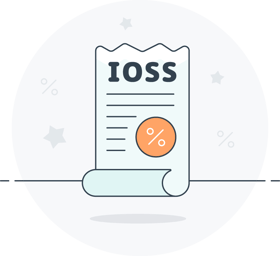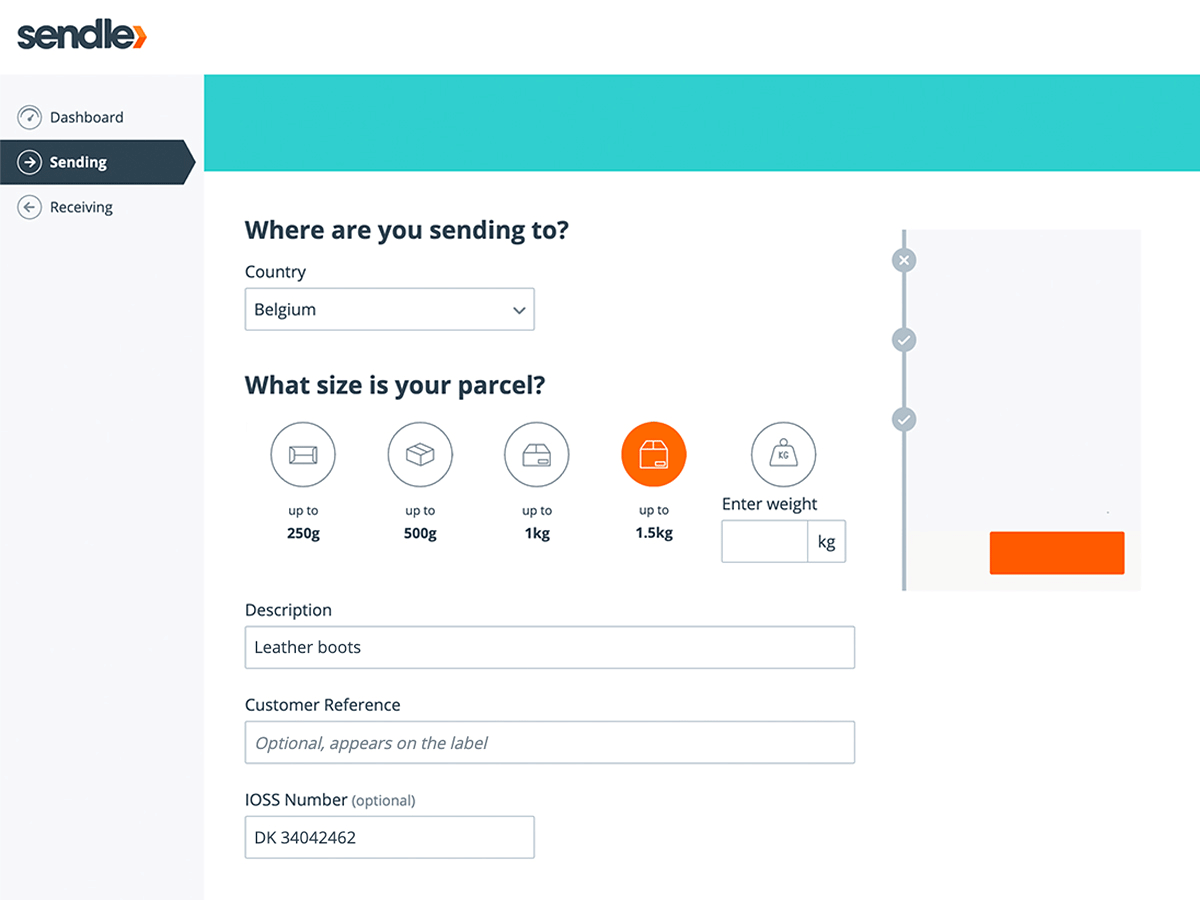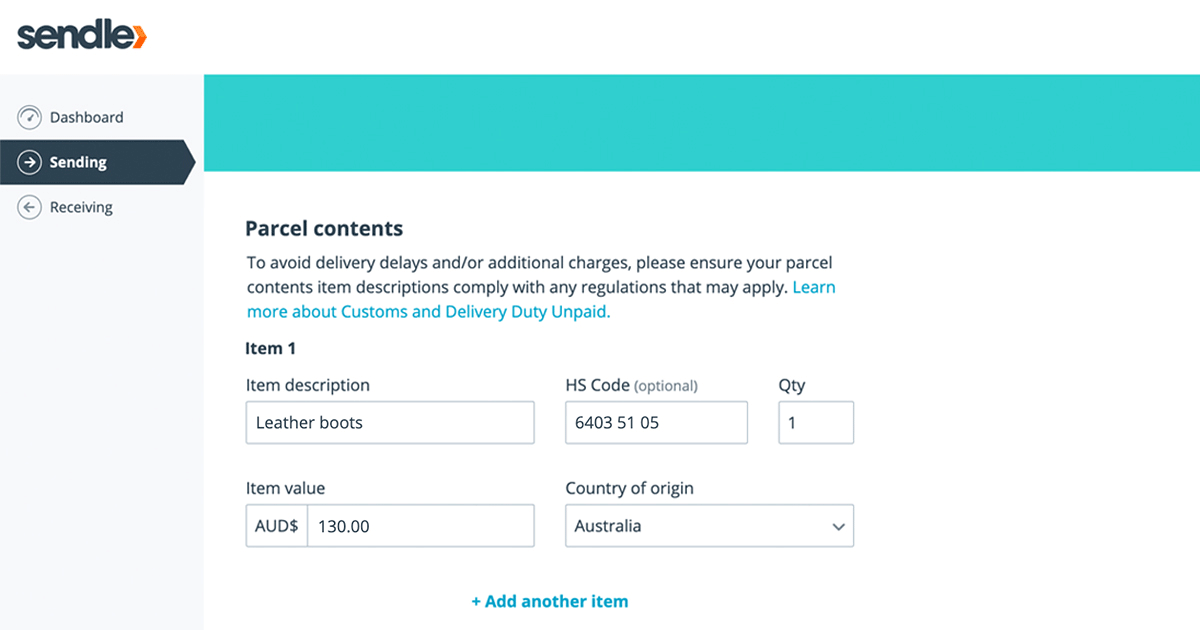On 1 July 2021, the European Union (EU) will introduce an overhaul of the EU VAT scheme, which will have important changes for non-EU businesses that sell to EU-based customers.
The changes are aimed at making compliance easier, VAT evasion tougher, and boosting trade across EU borders. To better understand these changes, let’s break them down here.
A single filing process for online sellers

For sellers who choose to collect VAT on goods under €150, you have the option to declare this on a newly introduced tax declaration called the ‘Import One-Stop-Shop’ (IOSS).
The IOSS is a single EU VAT return that allows you to list all your pan-EU sales, rather than having to complete multiple VAT filings. Less paperwork is always great news, right?
Using IOSS is optional, and will be most useful when your customers are located in different EU states and you want to handle the import VAT on behalf of your customer. It also saves you from having to register for VAT in each and every country it is being shipped to.
Note that non-EU sellers will need to appoint a ‘member state of identification’ for filing purposes.
New €150 VAT threshold
Previously, sellers shipping goods to EU buyers valued at €22 or less were exempt from VAT. Now, that threshold has been removed.
Starting 1 July 2021, all imports up to €150 will be subject to VAT, and sellers have the option to collect VAT on low-value consignments at the point of sale. Regular duty and tax rates will apply to anything above that. The delivery address will determine the specific VAT rate.
With Sendle, adding your tax information to comply with new EU VAT obligations is simple. Keep on reading, or visit our Help Center, for a step-by-step guide.
Please note, Sendle will continue to ship DDU (Delivery Duty Unpaid) for all international shipments.
Shipping to the EU with Sendle
Sendle is tracking these changes closely to keep our small business customers informed, and we’re committed to bringing you affordable, flat-rate international shipping rates to keep you competitive.
If you’re an online business shipping to customers in the EU, there are a few things you should do to ensure your deliveries keep running smoothly from 1 July 2021 onwards:
- If you are opting into IOSS, you'll soon be able to add your IOSS number to your Sendle account. From your Sendle Dashboard, go to ‘Send a Parcel,’ and select your destination. When an EU country is selected, you’ll find additional fields for IOSS number and parcel contents.

- Be sure to include a complete and accurate goods description, including the correct HS code, country of origin, and value of each item. HS codes are optional, but adding them will help ensure a speedier clearance at customs. Here’s the HS lookup tool if you need help identifying the right code to include for each product.

Look for these changes to be rolled out in your Sendle Dashboard ahead of 1 July.
As always, our customer support team is on hand to help along the way. For any tax-specific advice, always be sure to consult a tax professional.
Additional resources:
- European Commission: All you need to know about the Import One-Stop Shop (IOSS)
- OSS or IOSS? EU VAT One-Stop Shop rules for e-commerce
- 2021 Guide: Ecommerce EU VAT reboot
- World Customs Organization, Harmonized System (HS)

